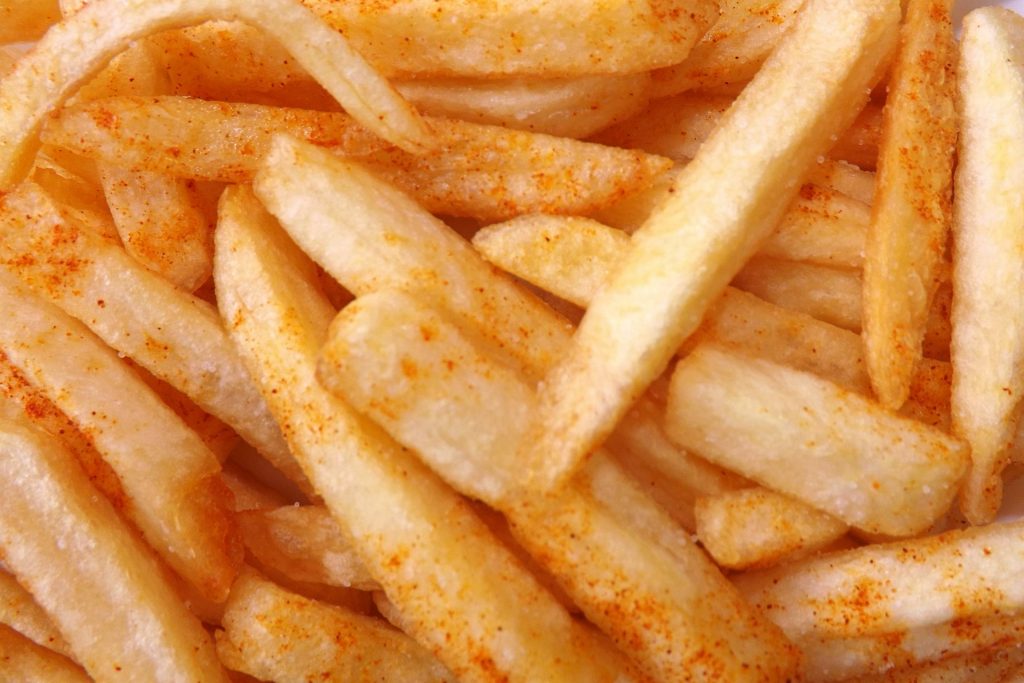A decision aid for hungry foreigners in the Netherlands

French fry fans don’t always have an easy time in the Netherlands, because the established “extras” to French fries are different from what we know from the average chip shop elsewhere. Since we take the life-support function of our Harlequin blog very seriously, we would like to support you in your decision-making here as well.
Let’s start with basics: French fries in the Netherlands are called “friet” or “patat” (depending on the region). French fries with mayonnaise (or with the lower-calorie “frietsaus”) are simply called “friet met”. “Friet satésaus” are fries with peanut sauce, which have their origin in the very popular Indonesian cuisine.
“Friet speciaal” are fries with mayonnaise, ketchup and onions. A very popular interpretation is “patat oorlog” – which literally means “French fries war.” The preparation methods for these are regionally different, here a few variants:
– French fries with peanut sauce and mayonnaise (in some regions also called “Patat flip”)
– French fries with peanut sauce, mayonnaise and diced raw onion
– French fries with peanut sauce, mayonnaise, curry and diced raw onion.
The name “Fries War” is by no means historically or politically charged. It is said to have originated because this combination of ingredients on the plate makes it look like a battlefield (and that’s true, it does look as if a bomb had hit it!). That’s why all well-meaning attempts to make “Fries Peace” popular as an alternative name have failed.
Regional variations are the “Patat Joppie” (the recipe for the required Joppie sauce could be kept secret, taste-crucial ingredients are onions and curry) or “Patat Samurai” with a sauce of mayonnaise and sambal (!).
In addition to the French fries + sauce combinations, there are of course countless combinations of French fries with other snack bar classics – and even more regional variations. Perhaps the most famous is “Kapsalon” (barber shop). It consists of fries covered with gyros, kebab or chicken meat and cheese. Put it all under the grill until the cheese melts and then serve with salad and garlic sauce or sambal.
Allegedly this dish originated in Rotterdam in 2003. The owner of a barber shop had a lunch dish put together in the Turkish snack bar in the neighbourhood according to his wishes and with his favourite ingredients. Since this order was often repeated, the dish was given the name of “Barber Shop” and spread from Rotterdam all over the country – and also into Belgium.

Other French fry dishes that arouse culinary curiosity are “Friet Waterfiets” (water bike fries), “Friet Catamaran” or “Friet Leopard”. In order to introduce them, I must first introduce you to the Dutch phenomenon of “frikandel”. Because I think you have enough to digest now – metaphorically speaking – perhaps that will be another time. But this much to be going on with: The frikandel has no resemblance to a German meatball, deceptively called “Frikadelle!”
And the next time you visit the Netherlands: Eet smakelijk!
Original text: BBR
English translation: BCO
Bildquellen
- patat: Hans Benn / Pixabay
- Kapsalon: Gea van Berkum, Lakrimi's, Hasselt

